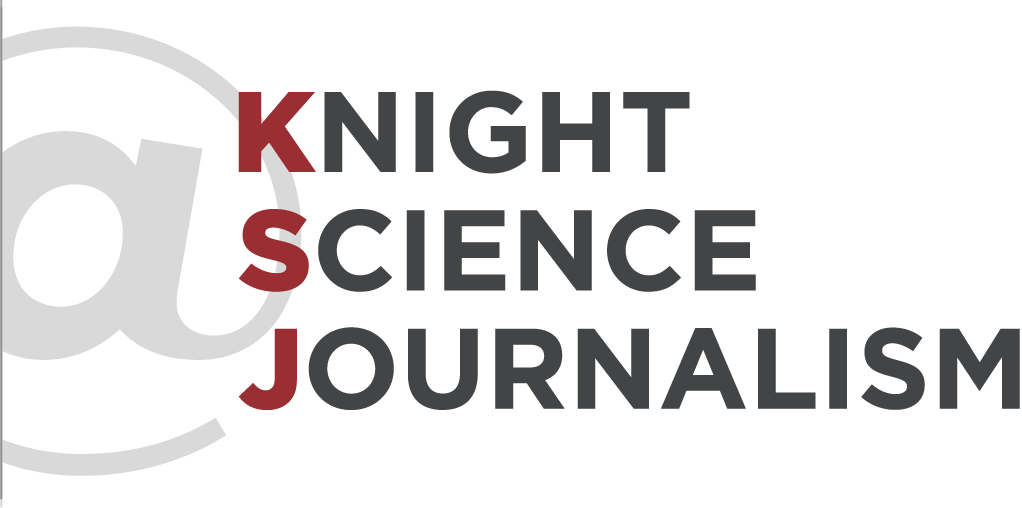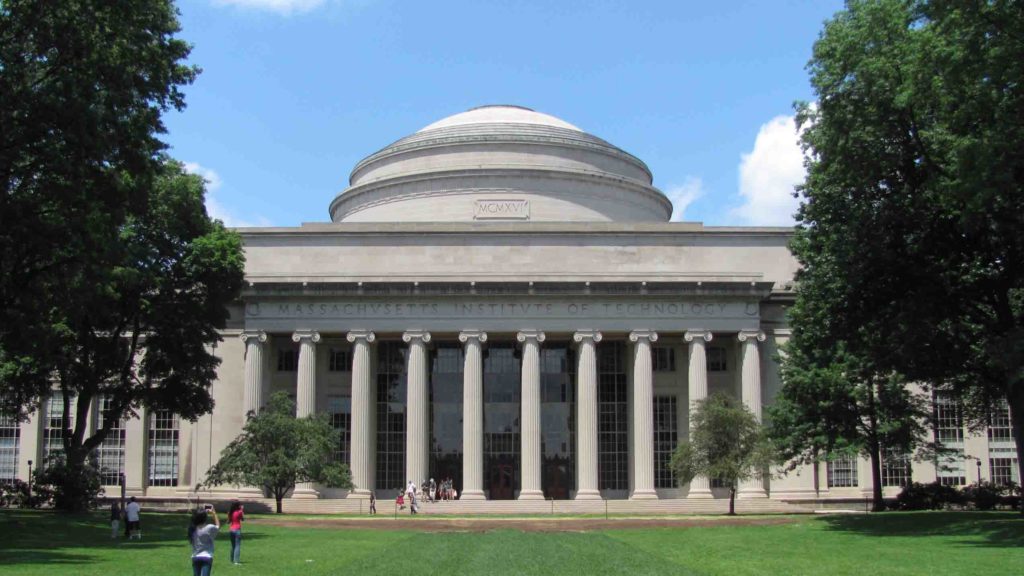As his mother tells it, Sébastien Malo was always destined for a journalism career. “I told my mom when I was eight, I think eight or nine that I wanted to be a journalist for Reuters,” Malo says. “I don’t recall that. But she says I did.”
If young Malo did indeed utter those words, they turned out to be prophetic.
Today, Reuters is among a number of leading publications in which Malo’s byline has appeared. But the Montréal native’s path to journalism wasn’t as direct as his eight-year-old self might have envisioned. Along the way, he ventured into policy work, international affairs, and worked briefly as a Canadian delegate at the United Nations Human Rights Council. Eventually, however, he leapt at an opportunity to do journalism, and wound up covering climate change — a topic that has captivated him ever since.

Malo’s climate reporting has taken him from the halls of the UN to the farmlands of Niger, and now to MIT, where he is a 2022-23 Knight Science Journalism fellow. At MIT, he’s investigating one of the world’s least studied and least understood sources of greenhouse gas emissions: the military sector.
By some estimates, Malo says, the world’s militaries might collectively “emit as much as 5 percent or so of the world’s carbon emissions” — largely from bunker fuel, base operations, and emissions tied to transporting troops and equipment. But it’s very hard to get a definitive estimate of that carbon footprint, he says, because under the Paris Agreement and its predecessor, the Kyoto Protocol, American diplomats carved out an exception for reporting military greenhouse gas emissions. Countries can report military greenhouse gas emissions to the UN if they wish, but they don’t have to. At MIT, Malo is working to understand how that loophole came to be, and why it has lasted for so long.
For Malo, the project is just the latest turn in what has been nearly a decade of reporting on the climate beat. When first began reporting and pitching stories as a climate correspondent at Reuters in 2014, climate wasn’t widely covered in the newsroom, he recalls. “It wasn’t that obvious that it was like a big thing.”
“I told my mom when I was eight, I think eight or nine that I wanted to be a journalist for Reuters,” Malo says. “I don’t recall that. But she says I did.”
That soon changed, and in 2015, Malo began regularly contributing climate stories to the Thomson Reuters Foundation News Wire. One memorable story was on climate contingency plans formulated by environmental groups and policymakers in Brazil, after former president Jair Bolsonaro withdrew from the Paris Agreement and championed deforestation in the Amazon Rainforest.
“I ended up kind of stumbling on the story,” he says of the piece, which illustrated some of the ways countries have sought to preserve climate-friendly policy even under authoritarian regimes that have sought to dismantle environmental protections.
In a more recent story, published in Politico, Malo reported on a nonprofit that hopes to rebuild a more environmentally sustainable Ukraine in the wake of the Russian invasion.
Malo says he’s long had an interest in conflict analysis, and his latest project on military emissions has given him a way to marry that interest with his climate reporting. Potentially, the project could help fill in a crucial missing piece of the global climate change puzzle. Relatively speaking, Malo explains, the world’s militaries represent just a sliver of the global total carbon footprint — about five percent at most. “That’s nothing,” Malo says. “But that’s a lot.”
Elizabeth Gamillo is a student in the MIT Graduate Program in Science Writing. She was previously a daily correspondent for Smithsonian and wrote for Science magazine as their 2018 AAAS Diverse Voices in Science Journalism Intern.





Leave a Reply